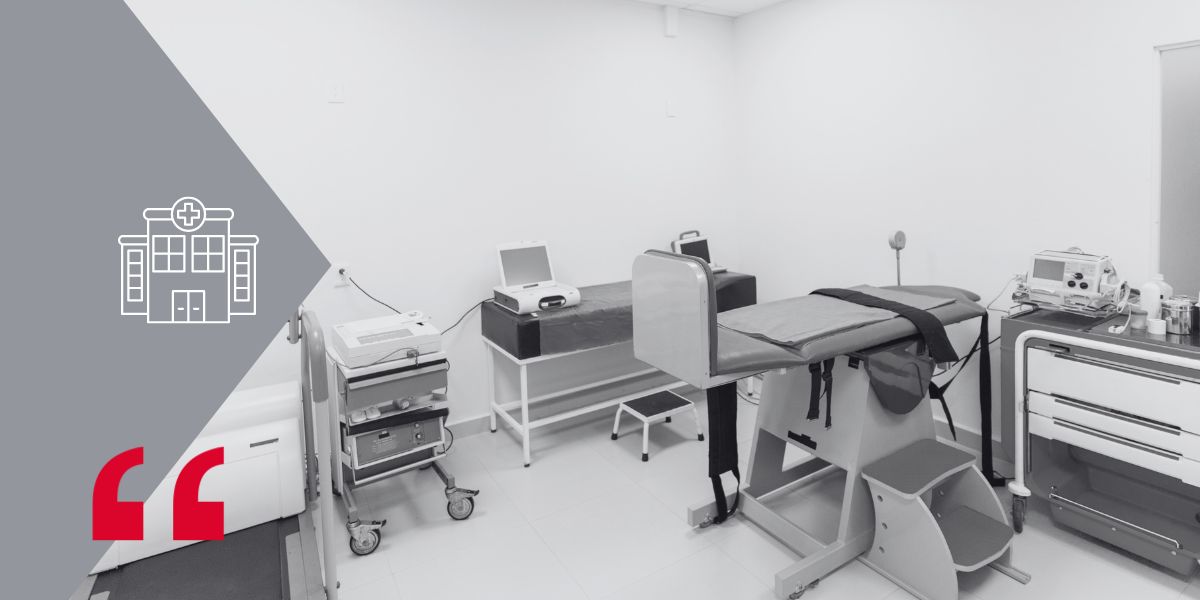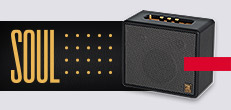In a healthcare environment such as a hospital, nursing home, clinic or day care centre, effective communication between patients and healthcare staff is crucial to ensure fast and efficient care. Patient-nurse call systems have become an essential tool to optimise communication in these environments, improving the quality of care and patient safety.
Benefits of communication with a patient-nurse system
Improved patient care
- Rapid response: Wireless patient-nurse call systems enable immediate attention to patient needs, reducing waiting times and improving satisfaction.
- Call prioritisation: Categorisation of calls by levels of urgency ensures that the most critical situations receive priority attention.
- Clear, two-way communication: Patient-nurse call systems include integrated public address and microphone tools, enabling seamless, interference-free communication between patients and staff.
Increased security and peace of mind
- Reduced risk of falls: Patients do not need to travel to seek assistance, minimising the risk of accidents.
- Prevention of risk situations: Staff can monitor patients remotely, intervening in a timely manner in the event of any eventuality.
- Increased safety for staff: Patient-nurse call systems can incorporate emergency alerts for situations of risk or violence.
Optimisation of time and resource management
- Reduced workload: By automating call handling, staff are freed from repetitive tasks and can spend more time on direct patient care.
- Improved work organisation: Centralised information facilitates medical team coordination and incident management.
- Time optimisation: Patient-nurse call systems help staff manage their time more efficiently, allowing them to prioritise tasks and attend to patients faster.
- Cost savings: Efficiency in care translates into operational cost savings for the healthcare facility.
- Improved communication between staff: Patient-nurse call systems can also be used for internal communication between healthcare staff, promoting coordination and teamwork.
Types of patient-nurse call systems
There are different types of patient-nurse call systems, each with its own advantages and disadvantages. The most common are:
- Wired systems: These are the traditional systems, which are cheaper and more robust, but also less flexible and scalable.
- Wireless systems: Offer greater flexibility and ease of installation, but can be more costly and susceptible to interference.
- Hybrid systems: Combine the advantages of wired and wireless systems, offering a flexible and scalable solution.
Technology and functionalities
Patient-nurse call systems are based on a number of technologies that enable communication between patients and healthcare staff. The basic components of a call system are:
- Push buttons: Patients can request assistance via push buttons located in the room, the bathroom or even on handheld devices.
- Terminals: Healthcare staff receive patient calls on fixed or mobile terminals, which can display additional information about the patient and the request for assistance.
- Management software: The software can manage calls, record incidents and generate activity reports.
More advanced patient-nurse call systems can offer additional functionalities such as:
- Two-way communication: Allows healthcare staff to talk to the patient through the call system.
- Integration with other systems: Patient-nurse call systems can be integrated with other systems in the centre, such as access control systems or fall detection systems.
- Patient location: Some patient-nurse call systems allow patients to be located in real time using RFID or Bluetooth technology.
Conclusion
Patient-nurse call systems are an essential tool for improving communication in healthcare environments.
At Fonestar, as a leader in communication technologies, we offer a wide range of patient-nurse call systems designed to meet the specific needs of each healthcare facility. With innovative technology and exceptional customer service, we help improve the quality of healthcare and the well-being of patients.





